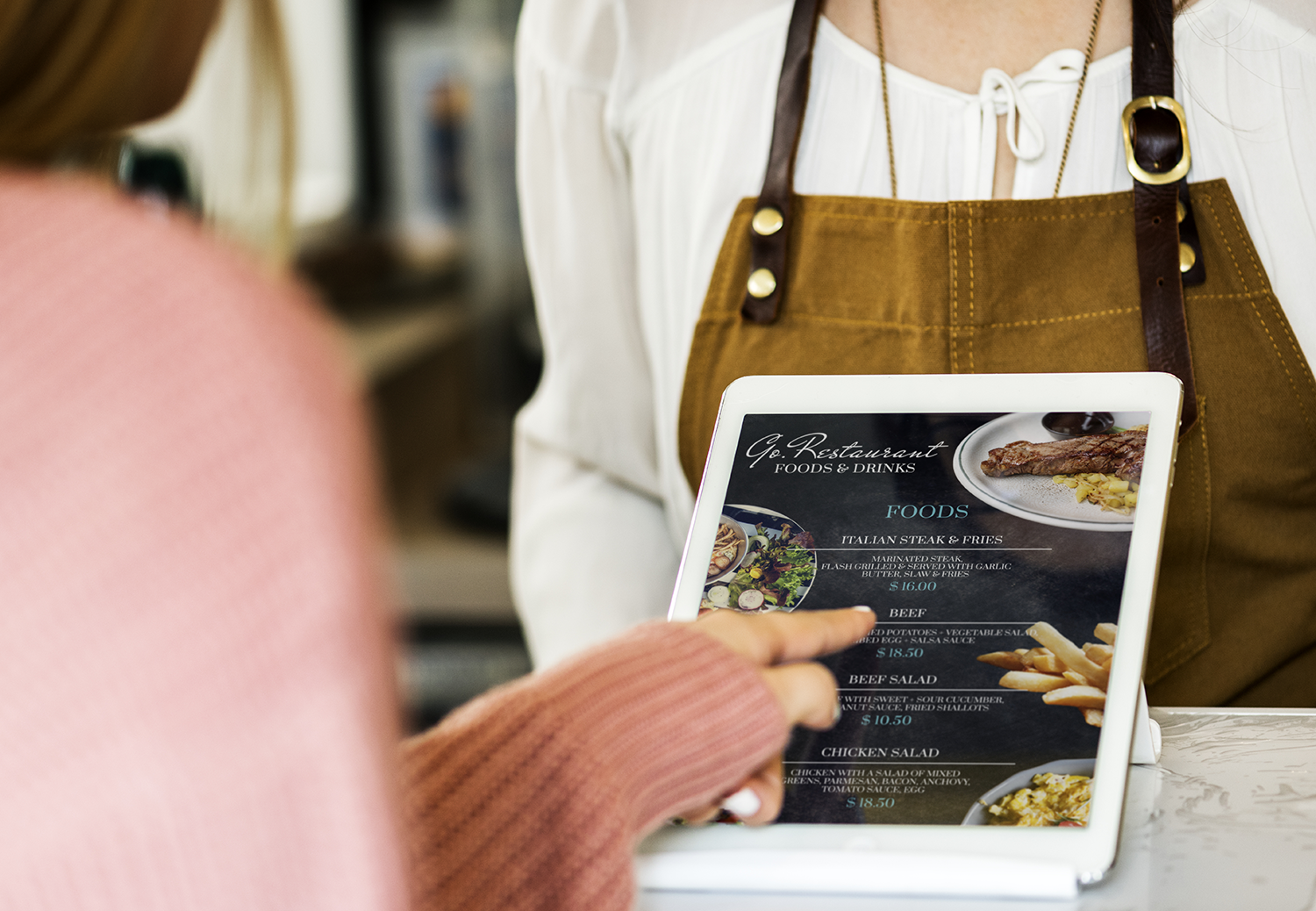OPERATIONS: How Restaurants Can Get Distribution Right
Restaurants are an important part of the world's food distribution networks — but they introduce many of their own challenges and are vulnerable to a range of incidents and circumstances. These include foul weather, national unrest and partner companies folding under financial pressure. The restaurant business is one where even a moment's worth of bad first impressions can cause you to permanently lose a would-be customer.
DID YOU KNOWS…
Beyond Meat Sales Quadruple
Beyond Meat's net revenue amounted to $67.3 million for the quarter, up from just $17.4 million last year. Unfortunately, that growth came at a price though, with net losses amounting to $9.4 million, or $0.24 per share. “Growth in net revenues for the second quarter of 2019 was driven primarily by an increase in sales of the Beyond Burger, expansion in the number of retail and food service points of distribution, including new strategic customers, as well as greater demand from our existing customers,” Chief Financial Officer Mark Nelson said in a conference call Monday afternoon.
RIP Glacier Ok
Scientists and environmental activists said their goodbyes to “Ok,” the first glacier lost to climate change by hosting a mock funeral for the glacier. “Ok” is short for Okjökull and lost its glacier status in 2014. Former Irish president Mary Robinson calls it a “symbolic death” and a “warning to us” about the need for climate action.
DoorDash to Merge with Caviar
We’ve covered a lot about third-party delivery services, and it looks like the market is tightening up with the news that DoorDash is acquiring Caviar for $410 million. Caviar, owned by Square, is a delivery service saved typically for higher-end restaurants. This is a good move for DoorDash as it looks to compete with GrubHub, but how it’ll shake out for restaurants is still TBD.
CHEAP TRICK [Song]
Why it matters to you: Menu design and organization best practices aren’t click bait.
If you do internet research enough, you identify troll or click bait sites without too much effort and just ignore them. However, occasionally the headlines are just too enticing to resist. Such is the case with this one: “20 Sneaky Ways Restaurants Trick Customers Into (sic) Spending More Money.” We couldn’t wait to see what venal indictments were revealed here against the way you sneaky restaurant managers trick your guests into spending more of their hard-earned cash. The irony here is that this could have just as easily been a post touting “Maximize Revenue Generated by Your Menu with These Best Practices.”
From using enticing adjectives (1) like juicy or tender to leveraging national brands (6) to lend credibility to the item, these “tricks” are a very credible review of how to make your menu appealing to your guests and sell more product. And we aren’t really sure why anyone would be surprised by these so-called truths. Yes, many operators set prices ending in $0.99 to influence the guest perception of what they are paying. This hack has been around for a very long time and if you aren’t aware of it at this point you probably aren’t a high functioning adult. But there was one of these we did find very enlightening.
Number 9 on the list was a charge that the second most expensive wine on your list should be overpriced, because people will trade down based on price and fall into the trap of buying your more profitable offering. These types of subterfuge happen often enough on wine lists and it’s not one we would sanction as a best practice. Frankly, most people are so unfamiliar with wine and proper pricing in a restaurant that you should nurture your guests by setting prices that are fair and transparent. It builds trust and ultimately your wine sales. All that being said, we really enjoyed how we are perceived by the click-bait crowd and thank them for the best practices review.
[Source: Honest to Paws]
IS THAT CUSTOM?
Why it matters to you: Meal customization is a competitive advantage with today’s consumer class.
There are over 70 million Millennials in the United States and they have expectations about how they will be served that many operators simply aren’t heeding. A report by Technomic on the 2017 Consumer Trends found that 72% of consumers expect customization; however, only 61% of QSR and 52% of full-service operators are open to adapting plates to meet their guests’ individual tastes.
You can almost understand why QSR operators aren’t hip to customization, given that operational efficiency demands certain limits on customization in their kitchens. Yet, they need only look as far as Chipotle’s amazing story of hero to pariah to hero once again, to fully understand the place that customization occupies for consumers.
The more surprising result is that more than 50% of full-service operators are unwilling to embrace customization. Our kitchens should be the perfect place to offer and execute customization. Your POS is already designed to allow you modification to any dish. Your line staff understand the concept and are prepared to respond to any modifications they are presented. Knowing that consumers desire this level of control, why not highlight the fact that you are happy to make exactly what a guest wants to consume. Think of it as a point of differentiation from over half your peers. Marketing that your restaurant is responsive to and capable of fulfilling your guests’ specific desires will provide your guests exactly what they are already clear they want -- control over what they eat. Seems to us that the sooner you present your ability in customization, the happier you’ll find the guests that are dining at your restaurant.
[Source: Restaurant Business Online]












